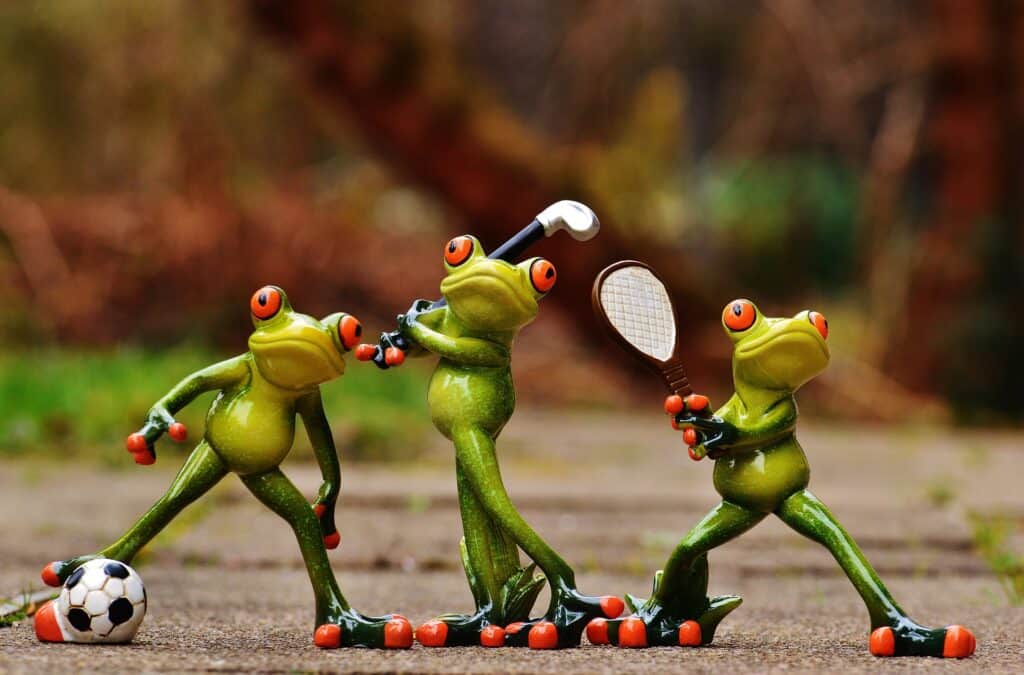Re-enactment
Friend 1: Say, friend, what are you up to today?
Friend 2: I am so glad you asked! I am playing 18 rounds of golf this morning, and then will proceed directly to the courts for a spot of tennis! Would you like to join me?
Friend 1: *Gasp* I am not so sure that is the best idea – I have heard that tennis and golf are bad for your elbows. In fact, my cousin’s boyfriend’s sister’s elbow fell off after hitting one too many backhands. It is true; it fell right on to the floor!
Friend 2: I do not believe you, and I will even play squash tomorrow morning, before competing in a badminton tournament in the afternoon, and just you see if I don’t!
Narrator (Morgan Freeman): I wish I could tell you that Friend 2 fought the good fight, and his elbow stayed attached. I wish I could tell you that, but the badminton court is no fairytale world.
End scene.
The above is a cautionary tale about the dangers of elbow overuse (which, you may be surprised to learn, may not have actually happened)!
There are two very common conditions we see as physiotherapists known as Tennis elbow and Golfer’s elbow (named as such because they are common in these sports). Medically (and probably incorrectly), they are known as Lateral and Medial epicondylitis. These names are incorrect as the suffix “-itis” implies inflammation of the epicondyle (bony structure of the elbow), but inflammation generally isn’t a factor with these conditions. The term epicondylalgia would be more fitting, which simply implies pain of the epicondyle.
These painful conditions occur when overuse of the forearm muscles on the front or back (or both) of your forearm cause irritation to the muscles, their tendons and/or insertion points of those tendons. Depending on the location of the symptoms, it is called either Golfer’s (inner) or Tennis (outer) Elbow. Tradies also often suffer these conditions due to repeated and prolonged gripping of vibrating power tools.

The first line (and usually most effective) course of treatment for these conditions is physiotherapy, which involves advice on activity modification and exercise, as well as therapeutic treatments such as massage and dry needling. As there are sometimes contributions from the neck and shoulder, these areas can be assessed and treated also.
So unless you want to undergo messy, painful and expensive elbow reattachment surgery*, you probably should chat to a physio if you have elbow pain.
Don’t be like Friend 2! Call 8289 2800 to make a physiotherapy appointment at LifeForce health solutions at Golden Grove, to see what one of our experienced and friendly physiotherapists can do to help with your sport-related condition. You can also visit our website at www.lifeforcehealth.com.au to take advantage of our new online booking system!
* Because it is hard to convey tone via text, I just wanted to reassure readers that elbows do not, in fact, fall off, no matter how much badminton you play. They might get sore though, and a physio might be able to assist with your recovery 🙂
REFERENCES
Shiri, R., Viikari-Juntura, E., Varonen, H. and Heliovaara, M. (2006). Prevalence and Determinants of Lateral and Medial Epicondylitis: A Population Study. American Journal of Epidemiology, 164(11), pp.1065-1074.
Smidt, N., van der Windt, D., Assendelft, W., Devillé, W., Korthals-de Bos, I.and Bouter, L. (2002). Corticosteroid injections, physiotherapy, or a wait-and-see policy for lateral epicondylitis: a randomised controlled trial. The Lancet, 359(9307), pp.657-662.

